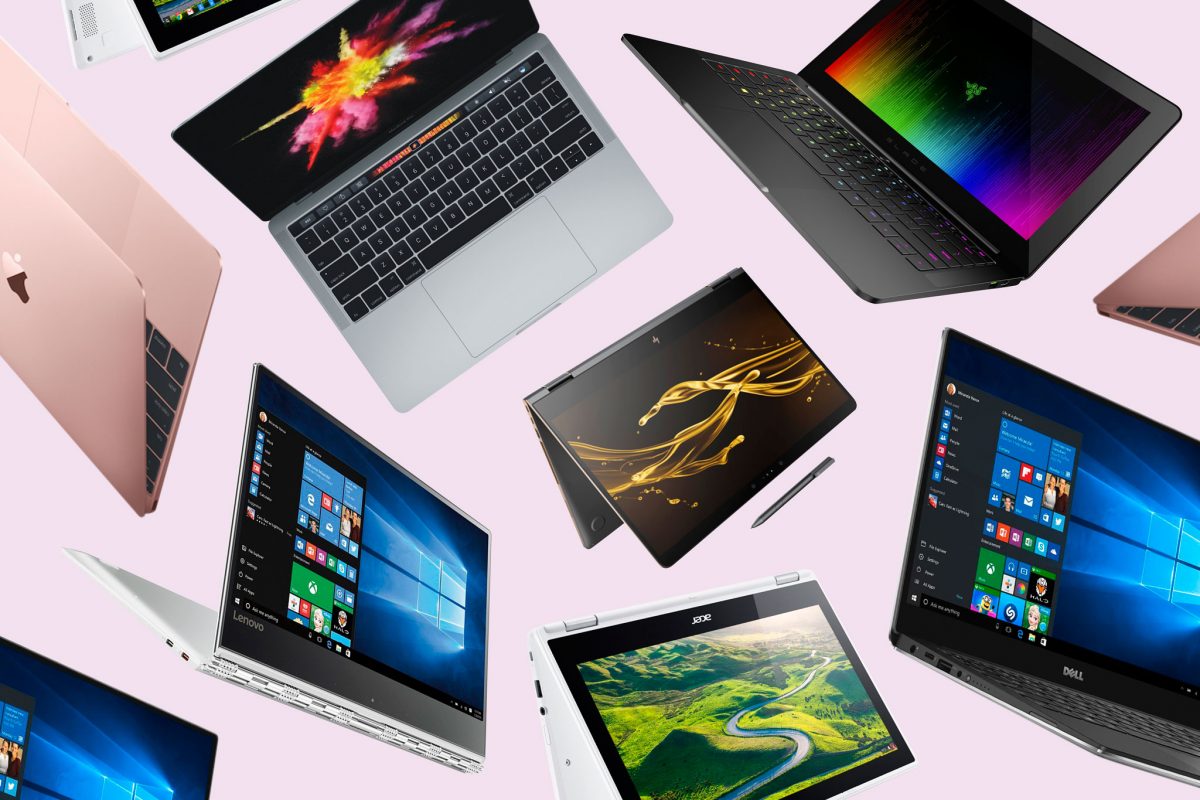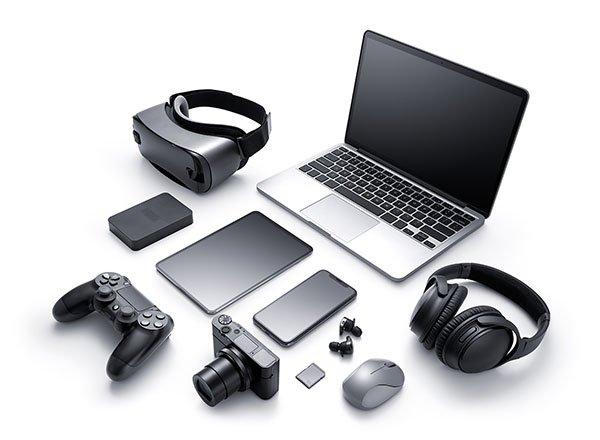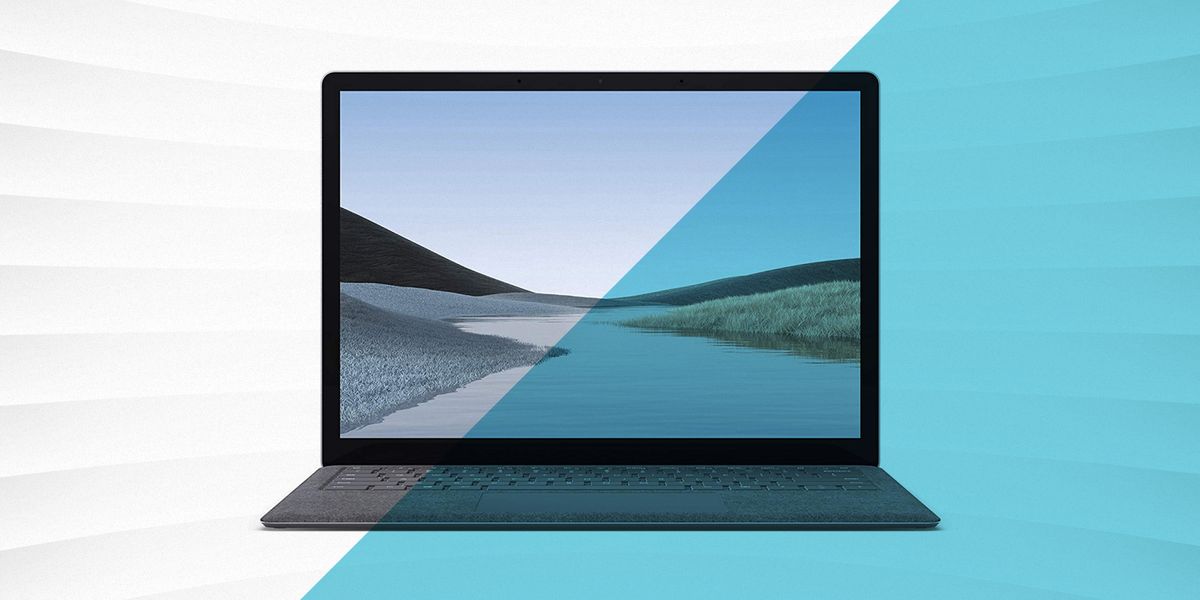Your cart is currently empty!
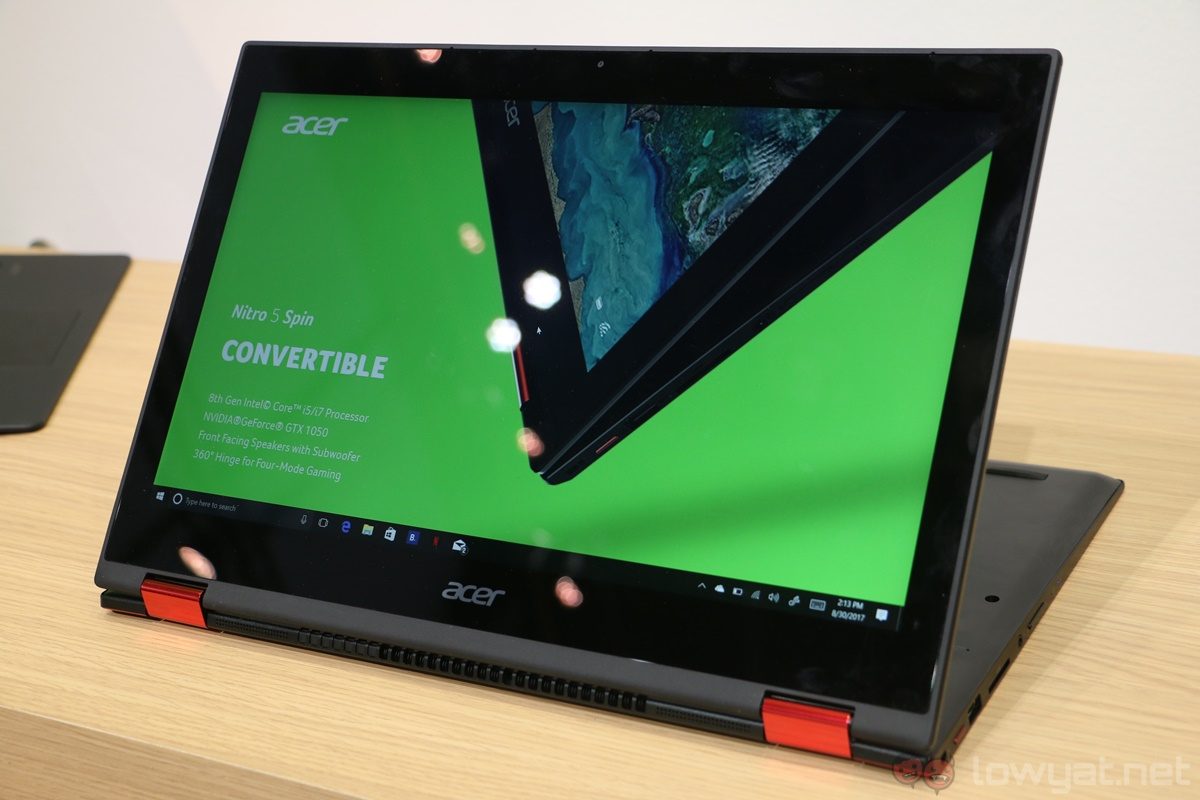
Month: June 2018
Posted Date:

Meet the World’s Most Powerful Acer Chromebook Spin 13
From what we gathered from their global press event, Acer is dominating the market with their premium releases this summer. From the ultimate gaming laptop Predator Helios 500 to the most powerful…
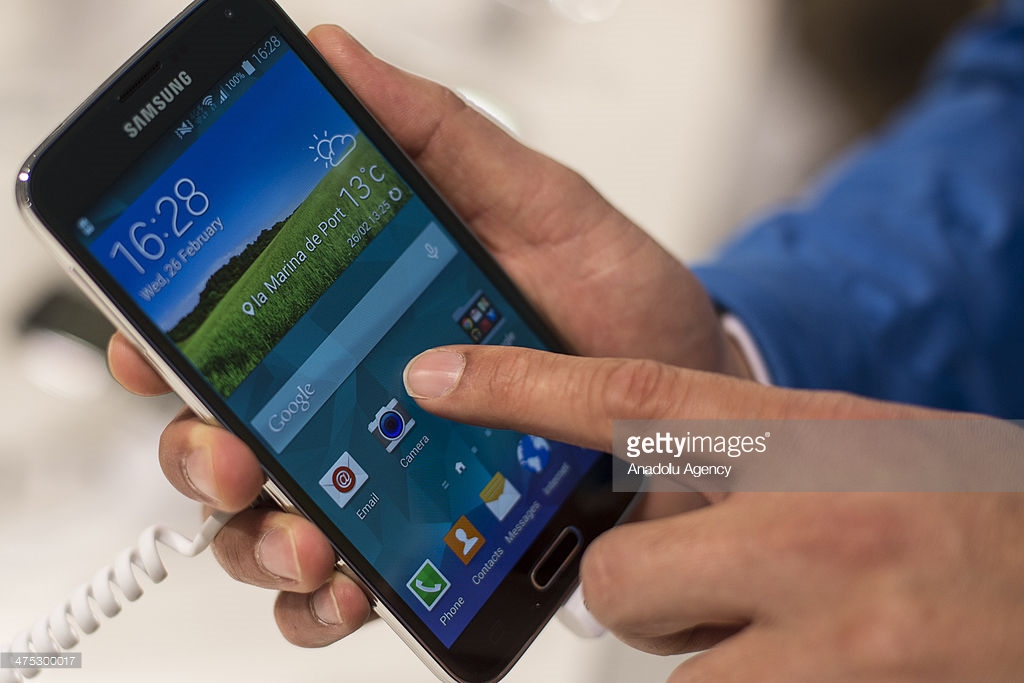
Here’s Everything We Know About the Samsung Galaxy S10
It hasn’t been that long since Samsung launched the Galaxy S9 series, but the Internet is already abuzz with rumors about the Samsung Galaxy S10. Although the S10 is expected to be…
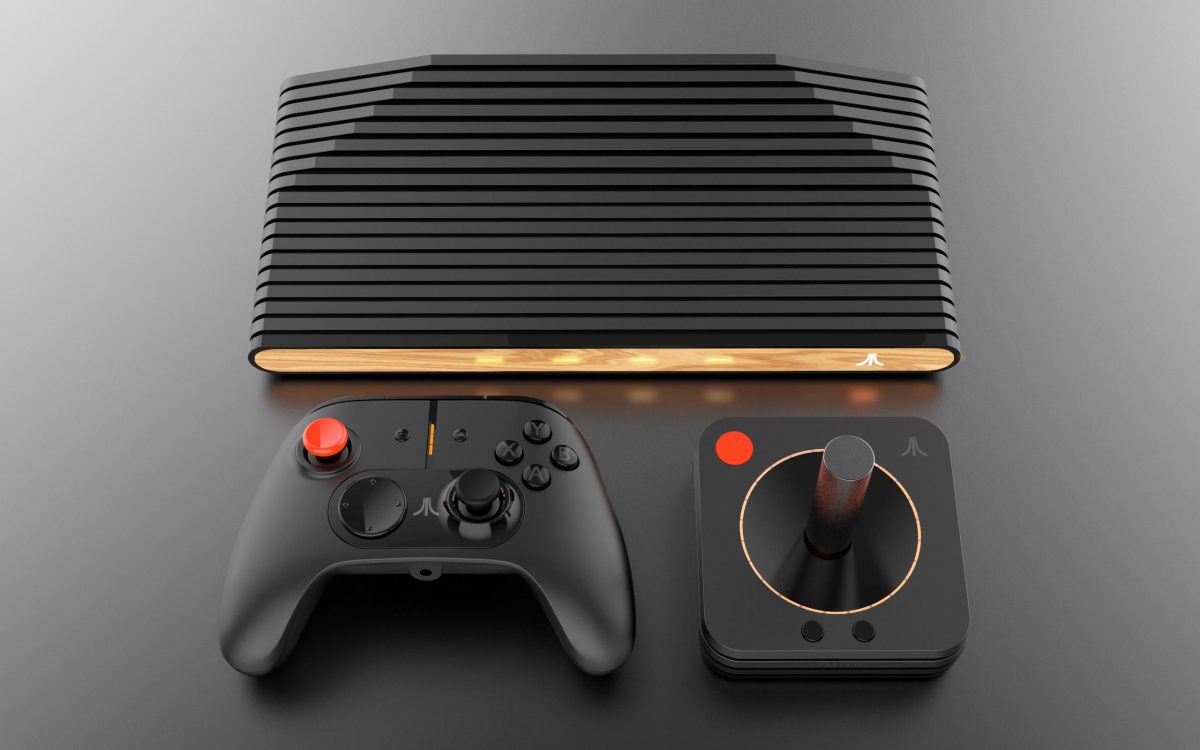
Ataribox Now Atari VCS, Preorders Available Now
Ataribox is back with a new name, Atari Video Computer System or the Atari VCS. After a long wait, Atari opened preorders last May 30. The console, whose new name is a…
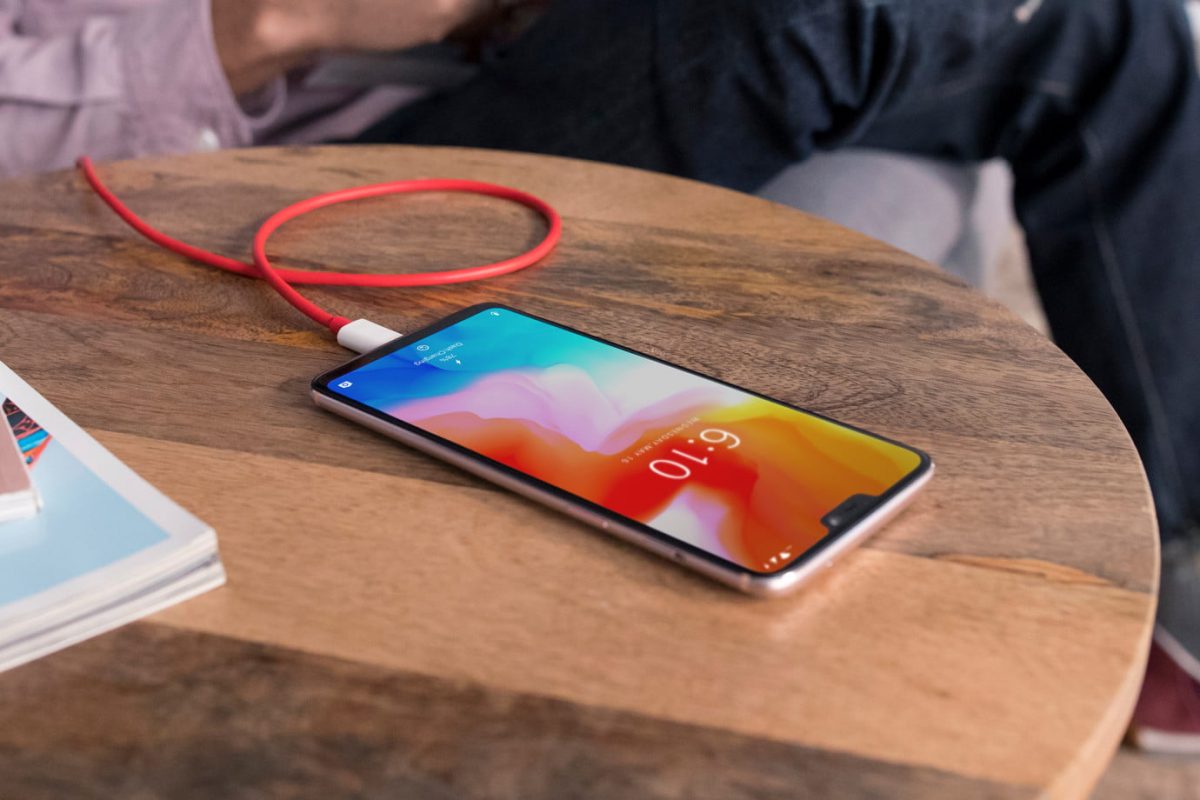
OnePlus 6 Is Getting a Glass Back and Will Sport an All-Glass Design
With so many competitors in the market, OnePlus has done an admirable effort in keeping up with new technology and design innovation. With its usual quick updates every six months, there’s a…

LG G7 ThinQ Review
LG G7 ThinQ, the company’s newest smartphone, is a few features away from being a high-quality phone. It has premium specs, a sophisticated design, and a good battery life. But the thing…

HMD Has Announced the Nokia 6.1 Smartphone
HMD Global, the manufacturer of Nokia smartphones, has launched an upgraded version of the Nokia 6 during the Mobile World Congress. The upgrades include improvements in specifications and slight tweaks in the…

Google Adds More Assistant Features to Wear OS
Last year, Google updated Android Wear 2.0 with an AI assistant. Since then, the tech giant has introduced increasingly more features to make the smartwatch more relevant. This year, the company is…

LG Announced a Storage and Memory Update to Its V30 Phone Earlier This Year
LG, the South Korean electronics giant, is steadily gaining interest as the company goes public with a few surprises. During the recent Mobile World Congress (MWC), LG announced the LG V30S. The…
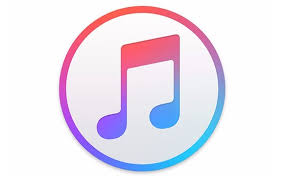
Apple iTunes Has Finally Come to the Windows Store
Almost a year following its original announcement, and a few months later than initially planned, iTunes is finally on the Windows Store. This means Windows 10 S users can now enjoy Apple’s…
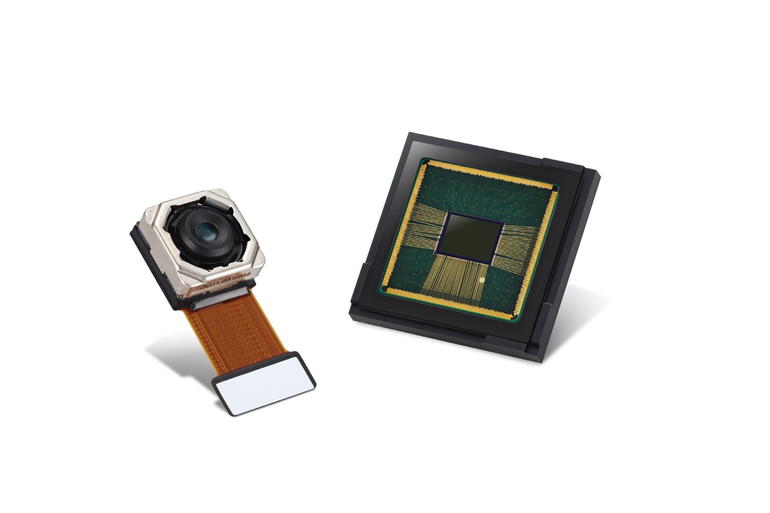
Samsung Announced That the 16-Megapixel ISOCELL Slim 3P9 Image Sensor Is Now Available
Samsung is an electronics and technology products giant known not only for its lineup of smartphones but its imaging solutions as well. Aside from producing some of the best smartphones available today,…



